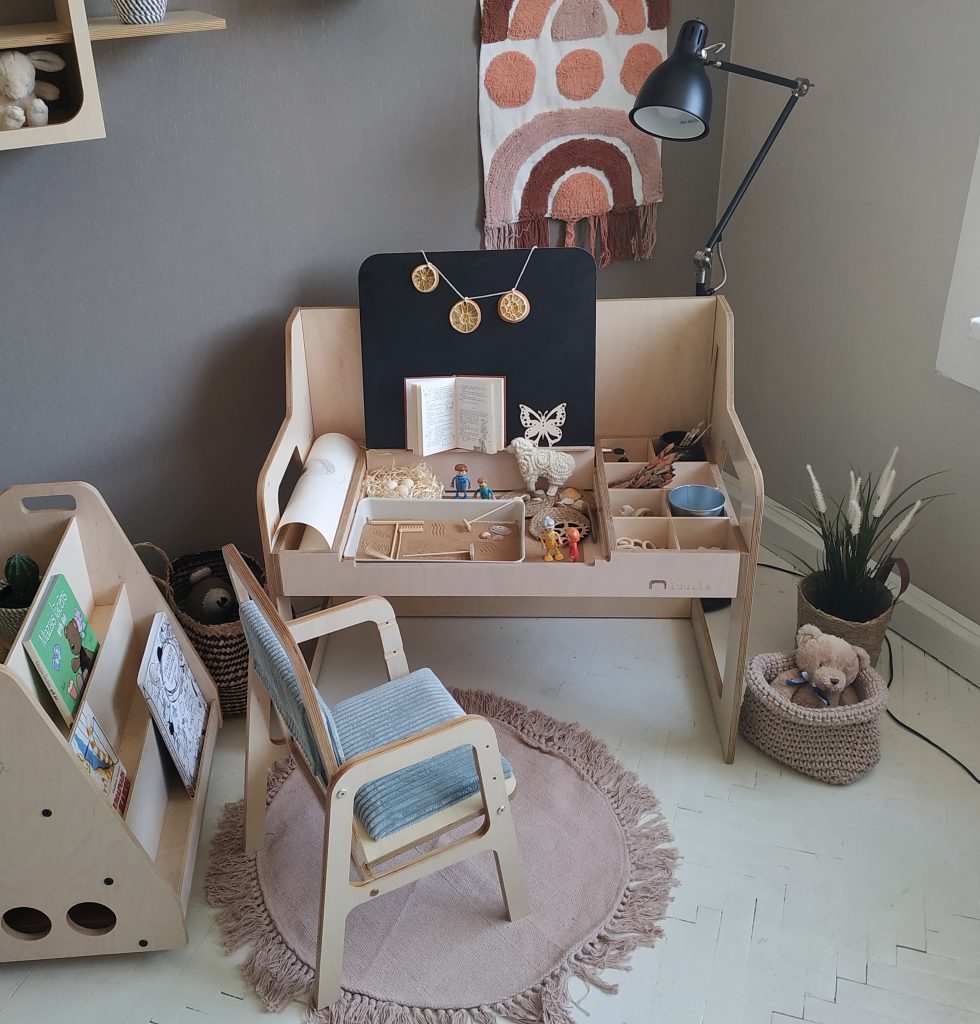Reading skills are essential part of a child’s education and development, but sometimes children may show little interest in reading, finding it boring or challenging. As a result, they may avoid reading and choose other activities instead.
Problem: Low Interest in Reading
Some children may exhibit low interest in reading, as they may find it dull or difficult. Consequently, they may avoid reading and opt for other activities.

Solution: Sensory Learning Approach
The sensory learning approach is based on the idea that children learn best when they understand the world through all five senses: sight, hearing, touch, smell, and taste. By using this approach, reading can be turned into a multi-sensory experience, making it much more engaging and exciting.
How to Implement It:
Choice of place and time: never force the child to study – it must be a natural interest that makes the child pay attention to studies. It is better to offer to “play out the story” in the form of games, with the child himself becoming involved either in the role of the main character or as an observer. The learning place must be well lit and promote the feeling of a private space – like a “nest” where the child feels safe.

- Visual Stimulation: Choose books with colorful and engaging illustrations that will capture the child’s attention and interest in the story.Audio Books and Auditory Stimulation: Use audio books or read aloud to the child so they can hear the story. This can enhance their comprehension and auditory skills.
- Tactile and Kinesthetic Experiences: Use toys related to the story theme to foster the child’s interest and understanding. For example, if the story is about animals, use soft plush toys for the child to play with and experience the story events.
- Smell and Taste Stimulation: Use smell and taste stimulation to enhance the child’s interest in the story. For example, you can cook a meal mentioned in the book or use aromatic scented sheets to create an environment that matches the story events.
- Discussion and Sharing Experiences: After reading, discuss the story events with the child and ask about their thoughts and feelings. This will help the child better understand the story and relate it to their own experiences.

Conclusion:
By fostering a child’s interest in reading through sensory learning, reading is transformed into an exciting and educational experience. By engaging all five senses, children can better understand the story and immerse themselves in it, thereby enhancing their reading skills and development.